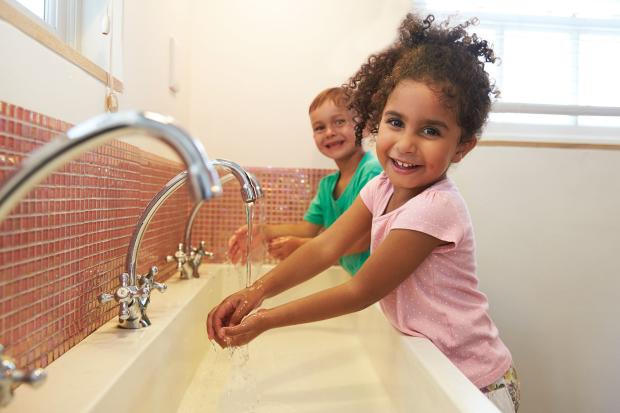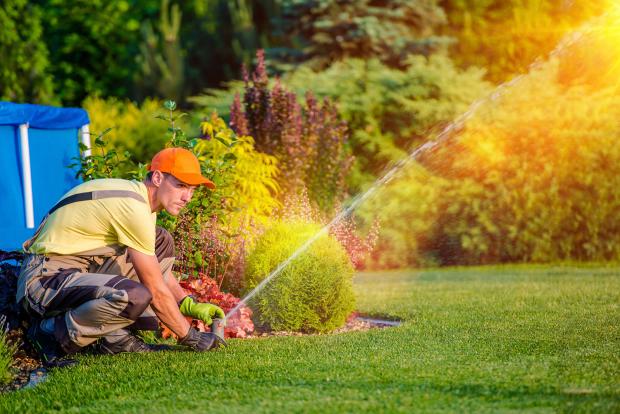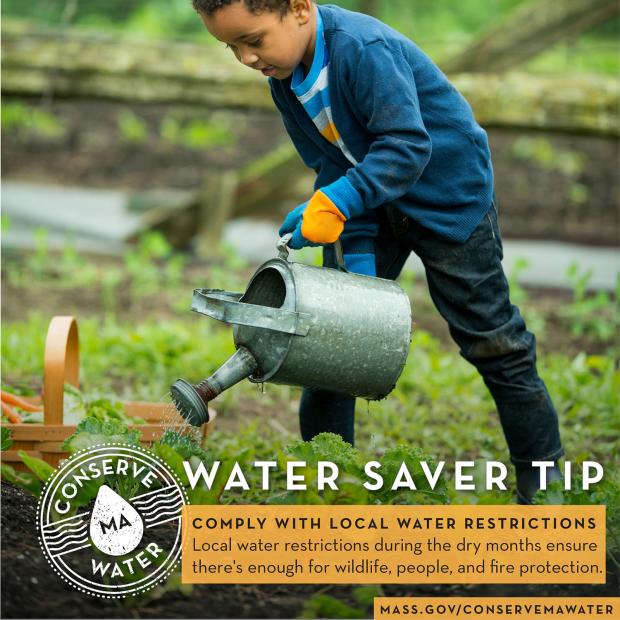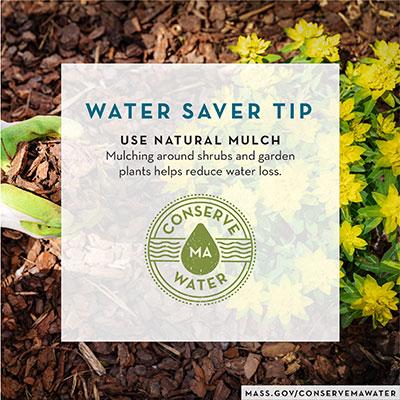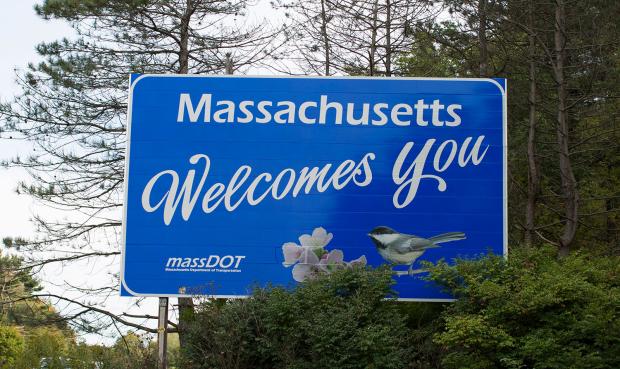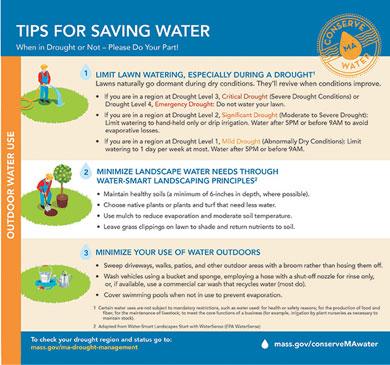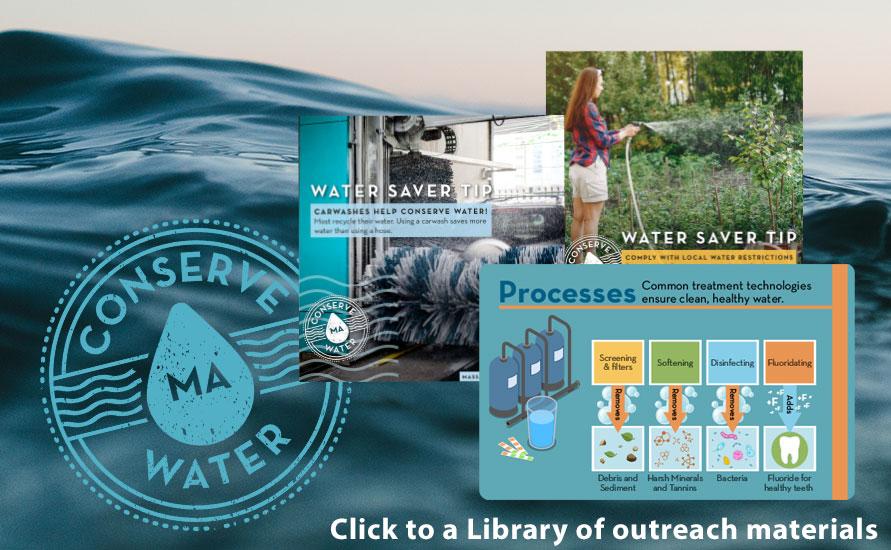When people are involved, they care, and they act. Make residents, students, staff, visitors and users of your facilities all part of the effort to conserve water. Also, think about ways to team up with the local garden club, Boy Scouts and Girl Scouts troops, high school science and/or conservation clubs, sports leaders and vocational school students to extend the reach and impact of your conservation efforts.
The more you communicate about your municipal water conservation efforts — and the results — the more likely your local residents, businesses, and community leaders will be to support them and follow your lead.
Here are tips for what to include in your messaging about water conservation efforts:
-
How residents and business owners can do their part to support the initiatives
-
Before and after savings grid that keeps tabs of how much water you’re saving. Make sure you update it on a regular basis!
There are several ways you can get your message out. The most common are signs, flyers & mailings, town/city website and social media.
Signage: Place signs wherever your program is publicly visible such as in gardens, parks, athletic fields, and bathrooms in public buildings. Use the sign to call attention to your water conservation efforts and how much water and money they’re saving. Signs can also ask users to be part of the solution by reporting leaks or other problems with fixtures. Provide a phone number where users can report problems.
Flyers & mailings: Place flyers describing specific water conservation measures at the point of effort. For example, if you are implementing a water conservation program at a library or school, create a flyer or pocket brochure that itemizes the program’s components and water savings and then place them on a counter, brochure display, or bulletin board.
You can also send the flyer or brochure as a special mailing, or include with a periodic mailing, like a newsletter. And make sure to coordinate with the water department to send it out with monthly water bills.
tter. And, of course, you can coordinate with the water department to send it out with the monthly water bill.
Town/city website: Your town/city’s website is a prime opportunity for educating the community about water conservation programs. It helps to provide information on why each element is important and how it works.
Once you have posted information about your water conservation program on the town/city website, be sure to publicize the website on signage and brochures so community members know where to go for more information.
Social Media:Establish a Facebook page and use it to build community interest around your local water conservation program. Use your municipal presence on other social media sites – such as Twitter, Instagram, or You Tube – to get the word out. Regularly post updates including how much water you’re saving as well as best practices residents can implement at home. Include plenty of photographs and even instructional videos (i.e., how to check for toilet leaks or apply mulch) that bring the content to life.
Library of Outreach Materials
Click here to access a library of outreach materials. Communities should feel free to customize these resources and use them on social media, websites and in mailers. Make them your own by adding your town or program’s name or logo to these graphics!
For additional technical guidance on institutional indoor and outdoor water conservation, see the Industrial, Commercial, and Institutional Water Conservation portion of this toolkit.
Toolkit - Site Map > Municipalities > School, Recreation and Facilities Managers
